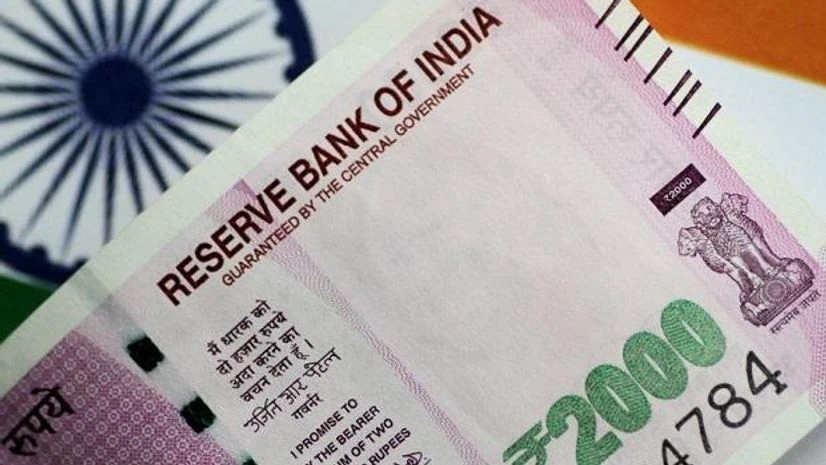India’s current account deficit (CAD) narrowed sequentially to $18.2 billion in the quarter ended December 2022, or 2.2 per cent of gross domestic product, from $30.9 billion in Q2FY23 (3.7 per cent of GDP). It was $22.2 billion or 2.7 per cent of GDP in the year-ago period.
Behind the lower CAD in Q3FY23 was the narrowing of the merchandise trade deficit to $72.7 billion from $78.3 billion in Q2FY23, coupled with robust services and private transfer receipts, said the Reserve Bank of India (RBI).
Aditi Nayar, chief economist, head-research & outreach, ICRA, said: "Following the downward revision in the Q2FY23 current account deficit, the CAD for Q3 was well below expectations. The estimates for Q2FY23 were revised from a deficit of $36.4 billion (4.4 per cent of GDP).”
The net outgo from the primary income account, mainly reflecting payments of investment income, increased to $ 12.7 billion in the December 2022 quarter, from $11.5 billion a year ago.
Also Read
Private transfer receipts, mainly representing remittances from Indians employed overseas, amounted to $30.8 billion, an increase of 31.7 per cent per cent YoY.
As for the balance of payments (BoP) position in Q3FY23, there was an accretion of $11.1 billion to reserves, as against an accretion of a mere $0.5 billion in the year-ago period.
For April-December 2022 (M9FY23), the country's CAD expanded to 2.7 per cent of GDP, against 1.1 per cent of GDP M9FY22, due to a sharp increase in the merchandise trade deficit. Net invisible receipts were higher in M9FY23, on account of higher net receipts of services and private transfers.
As for the BoP position in April-December 2022 (M9FY23), there was a depletion of $14.7 billion, against an accretion of $63.5 billion in the year-ago period, the RBI said.
With a considerable compression in the average trade deficit in January-February 2023 relative to the previous three months, the CAD is expected to recede further to $10-12 billion in Q4FY23, Nayar said.
For FY23, it is projected to be in the $77-80 billion range (2.3 per cent of GDP), which appears to be contained as compared to the levels that were being feared in mid-2022, ICRA added.

)
